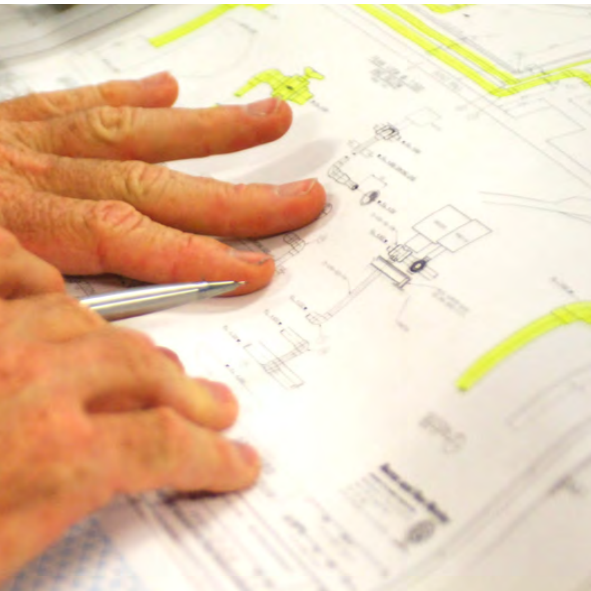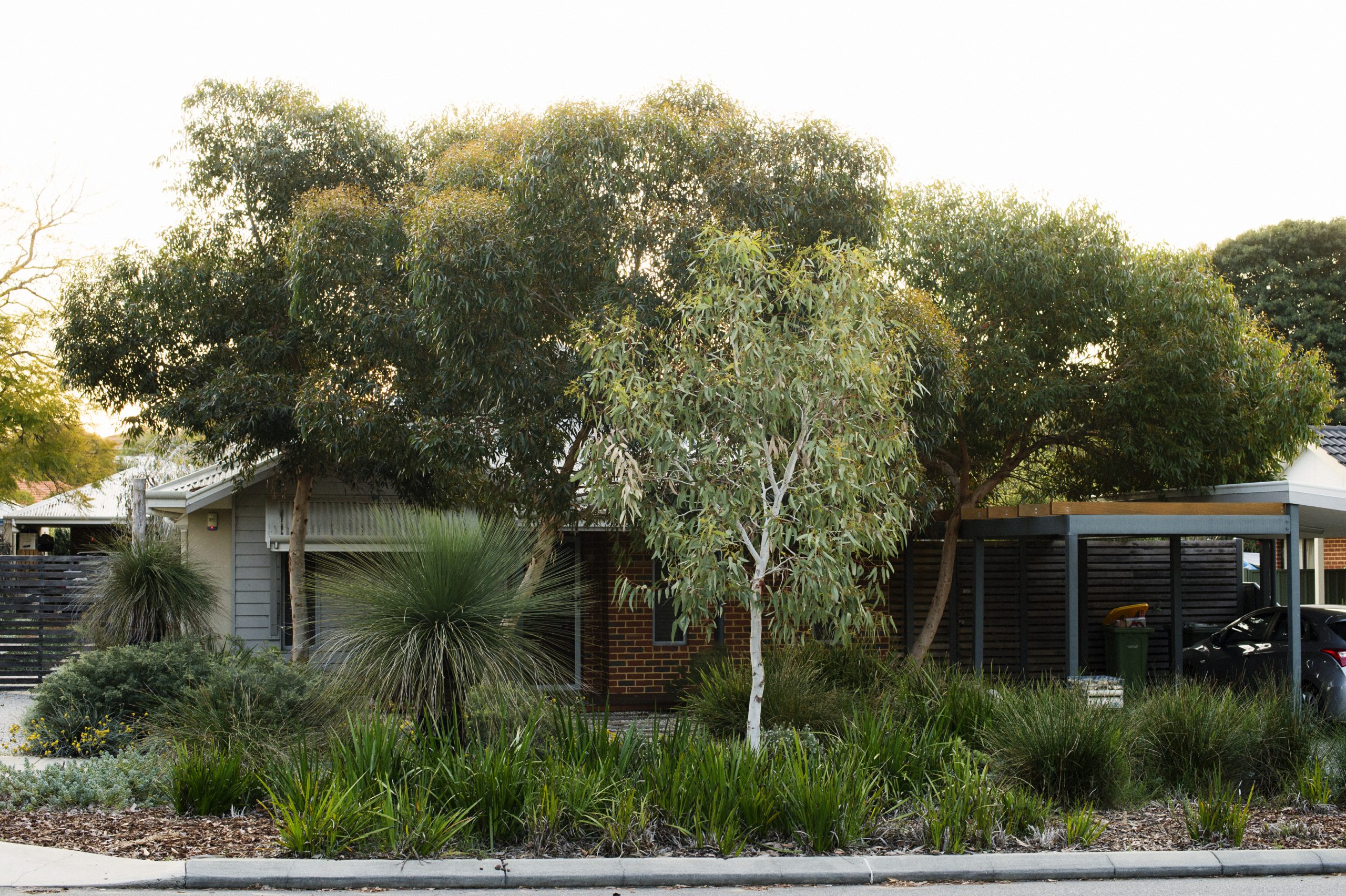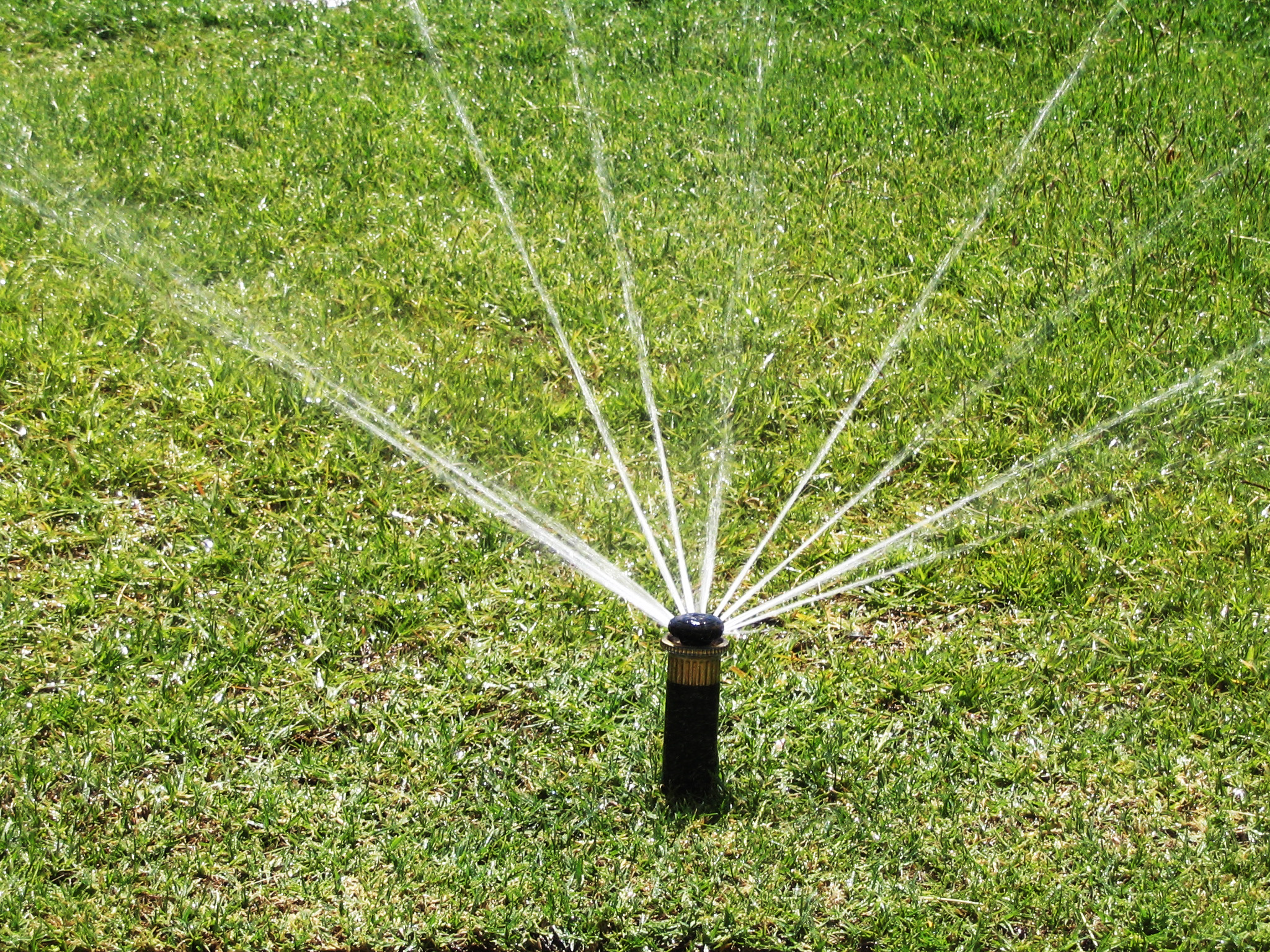Groundwater and your garden bore
About one in four Perth households water their gardens with groundwater accessed from a garden bore, while others water their gardens with scheme water, which also contains groundwater, supplied to homes by Water Corporation.
If you use a garden bore, then you are sharing Perth’s precious groundwater – with nature and other groundwater users nearby, such as your local council and schools.
There are about 180,000 households using garden bores across the Perth and Mandurah areas. So collectively they take a lot of groundwater and contribute to the overall impact on the resource.
We all need to do our bit to conserve Perth’s precious groundwater, especially if you have a garden bore.
What is a garden bore?
Garden bores are small bores that abstract groundwater to irrigate home gardens and lawns. Using bores to irrigate areas larger than 2,000 square meters, or for commercial purposes, requires assessment and the granting of a licence by the Department of Water and Environmental Regulation.
A garden bore is a structure used to draw water from the shallow aquifer up to the surface. It usually includes a bore hole or well, pipe work and pump, and is connected to irrigation systems and an irrigation controller. Sprinkler restrictions and a winter sprinkler ban determine when you are able to use your garden bore. Read more about garden bore regulation.
Do I have a garden bore?
If you live in an established or rental property, you may not be aware of whether or not you have a garden bore.
To check if your irrigation system runs off a garden bore, turn off your scheme water supply at the meter (this is usually located at the front of your property), then turn the irrigation on at the controller. If your irrigation works then you probably have a bore. Power cables running from the irrigation box into the ground may also indicate a mains-powered bore pump.
How does a garden bore work?
The pipe provides access to water stored in underground aquifers and the pump draws this water to the surface. Regularly maintaining your garden bore is an important waterwise practise. Read more about maintaining your garden bore.
Types of garden bores
Well bore
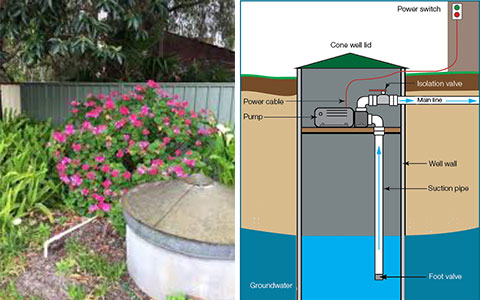

Older well-style bores usually have a metal cone-like lid and a manual on and off switch. A manual switch can result in overwatering if you forget to turn the switch off so preferably you should connect an irrigation controller to ensure efficient watering.
Submersible pump bore
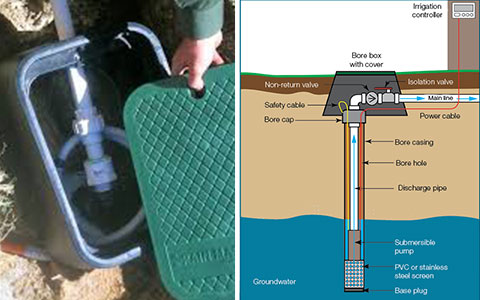

Newer submersible pump bores are usually located underground in a box with a lid that is flush with the ground. Submersible bore pumps are more energy efficient than older types of pumps.
Download pdfs
| Understanding your garden bore | Maintaining your garden bore |

